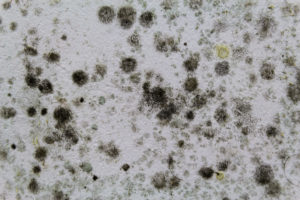
Keep reading to find out how you can prevent mold growth in your carpeting.
If your building has carpeting on it, then one thing you never want to see is mold growing on the carpets that you have. It’s important to prevent mold growth because mold is a health hazard to people in the nearby vicinity, and it can spread if you’re not careful. So, what are the best mold prevention methods? Keep reading to find out how you can prevent mold growth in your carpeting.
Deal With Spills the Moment They Happen
While we try our best to prevent spills, there’s always a chance that they occur. When you experience spills, it’s best to deal with them immediately. These spills are what mold spores use in order to thrive. Mold spores require a wet area in order to grow into mold, and they’ll need roughly 1-2 days in order to fully develop. If you deal with spills beforehand, and make sure you’ve dried them up, mold spores won’t have a place to thrive.
Regulate Your Building’s Humidity Levels
Humidity is another source of moisture to consider that would allow mold to develop. It’s not as obvious to notice as a spill, so this potential cause of mold growth can sometimes go under the radar.
Nevertheless, it’s important for you to keep humidity levels from getting too high. Typically, if humidity is at least 70%, that’s when mold is able to thrive. Usually, humidity levels are higher in areas such as bathrooms and kitchens, so you’ll want to pay extra close attention to those places.
In order to stop mold from growing on your carpeting, you should find any potential sources of humidity in your building and see if you can address them. Sometimes, air drafts and condensation can promote humidity, so it’s best to keep your building sealed to minimize the moisture in the air. You can also get a dehumidifier if you think you need extra help lowering humidity levels.
Let Facility Site Contractors Keep Your Business Clean
Our management team is made up of experienced experts with knowledge of all aspects of construction and facilities. Facility Site Contractors has the capabilities to meet all of our clients’ critical infrastructure needs CONUS and OCONUS. We are committed to practicing sustainable principles to achieve the integrated benefits of environmental, social, and economic sustainability. Since founding in 1990, we have been employing sustainable practices in daily operations to reduce our resource burden on the environment and to ensure we have a positive impact on our clients.
